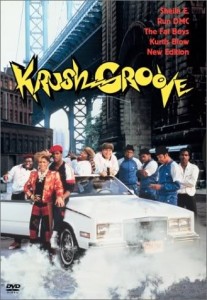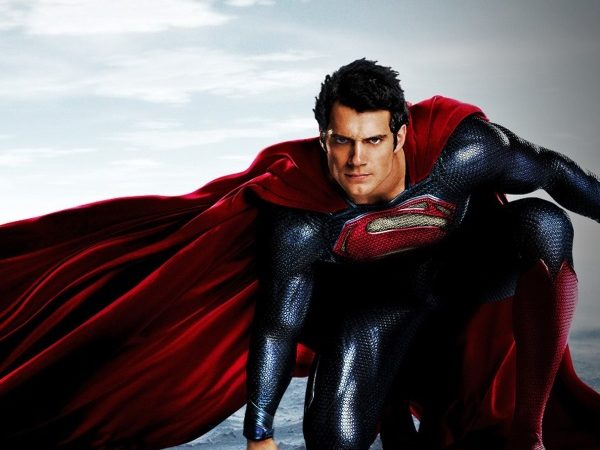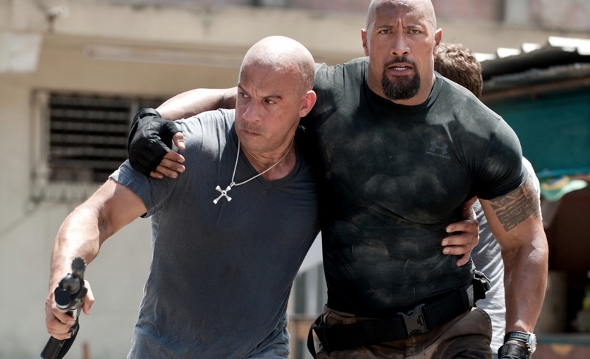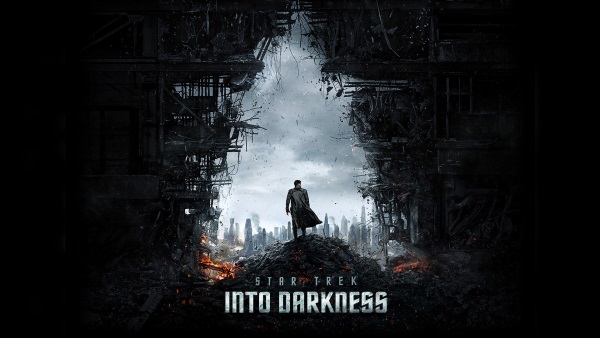By the mid 1980’s, mainstream America were aware of Hip-Hop but didn’t truly understand it. Hollywood, who never met a fad it couldn’t exploit, began churning out Hip-Hop themed musicals. For the most part, they focused on the more visually flamboyant elements of the culture such as breaking and graffiti. Rapping was relegated to the background. The main character in Beat Street was a DJ. The Breakin’ films focused on street dancing in its various forms. There had yet to be a film that primarily served as a showcase for the music itself, which provided the soundtrack of the culture.
In 1985 Def Jam recordings was but a year old, but Russell Simmons felt that the story of its founding and eventual success would serve as fertile ground for a true rap musical. Simmons was not only the co-founder of Def Jam, but the older brother of Joseph Simmons, better known as Run of Run-DMC. The group was at both the artistic and commercial forefront of rap music and had yet to reach their apex. The same could be said for Russell himself, who had just founded what was to become the most storied label in Hip-Hop history. This position gave him access to the most popular groups of the day and Russell pooled those resources together in what was to be a grand celebration of the music. It would be called Krush Groove.
Krush Groove is more or less a romanticized, fairytale retelling of Def Jam’s founding. Russell Walker (Blair Underwood) and Rick Rubin are the cofounders of Krush Groove records. They have a roster of talented artists, but lack the financial capital necessary to the take things to the next level. When a song by his brother’s group Run-DMC makes a huge splash, Russell accepts help from a loan shark so he can take full advantage of the moment. At the same time, Russell and Run compete for the affections of singer Sheila E. The love triangle that develops threatens to destroy Krush Groove records before it even gets started and Russell’s decision to accept financial help from a gangster comes back to haunt him.
[pro-player width=’425′ height=’344′ type=’video’]http://www.youtube.com/watch?v=lI32v3ny69Y[/pro-player]
Krush Groove was never conceived as an outstanding piece of cinema. When viewed simply as a movie, there is very little to praise. The film’s true merit lies in its musical numbers, which feature some of the most popular rappers of the eighties in all their glory. Run DMC, The Fat Boys, Kurtis Blow and Sheila E. fill out the main cast. L.L. Cool J, The Beastie Boys and New Edition make brief but memorable appearances. All are allotted one (or more) musical numbers in which they perform their biggest hits. Some of these are woven into the fabric of the story, while others are done as performance footage. Anyone of them could have easily been taken out and used a music video.
The Fat Boys provide the most light-hearted and entertaining bits, the most memorable of which is “All You Can Eat.” The trio literally attacks the buffet at Sbarro’s while performing the song.
[pro-player width=’425′ height=’344′ type=’video’]http://www.youtube.com/watch?v=tu-s-SeigWs[/pro-player]
Then there is the unforgettable entrance of a very young James Todd Smith. LL shows up to an audition for Run-DMC and Rick Rubin flanked by two guys, one of whom is cradling a boom box. After being told that auditions are closed, LL simply looks to his DJ and says “Box!” He then goes into a defiant rendition of “I Can’t Live Without My Radio.” The moment is sheer magic, epitomizing everything that makes LL Cool J one of early Hip-Hop’s defining personalities. He was Hip-Hop personified and that spirit was what made Krush Groove special.
[pro-player width=’425′ height=’344′ type=’video’]http://www.youtube.com/watch?v=ZO9p8BIFq1Q[/pro-player]
Of all the Hip-Hop movies produced during the 1980’s, Krush Groove shares that rarified air reserved for the likes of Wild Style and Beat Street. It captured the energy of the Def Jam movement at its inception, and signaled the emergence of rap music as major commercial force. It recognized that Run-DMC and The Fat Boys were not just a novelty, but an example of where black music was headed.
Like it or not, rappers themselves are Hip-Hop’s most marketable and viable commodity. Krush Groove had an early awareness of this, and provided young Hip-Hoppers of the time with exactly what they craved. As campy and dated as it may seem now, it is a colorful example of Hip-Hop cinema in its infancy. It deserves our respect.
Follow Us on Twitter @ http://twitter.com/planetill
Follow Malice Intended on Twitter @ http://twitter.com/renaissance1977
Join Us on the Planet Ill Facebook Group for more discussion
Follow us on Networked Blogs






2 thoughts on “Krush Groove: 25 Years Later”